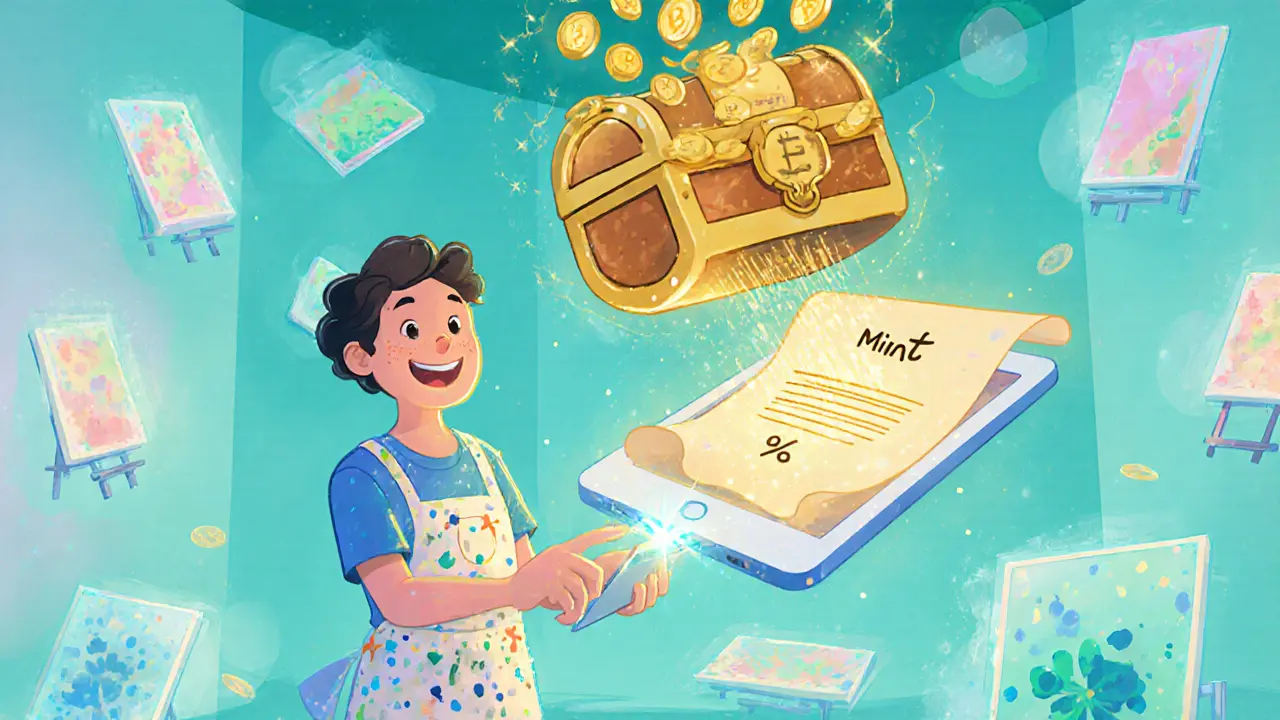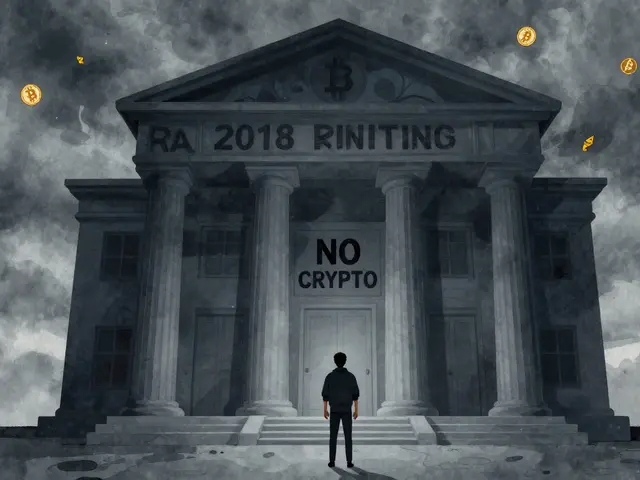blockchain smart contracts – everything you need to know
When working with blockchain smart contracts, self‑executing code that runs on a distributed ledger, automatically enforcing agreements without a middle‑man. Also known as smart contracts, they form the backbone of modern decentralized applications. On platforms like Ethereum, the most widely used blockchain for deploying contracts, developers can build DeFi, financial services that run without banks and NFT marketplaces, where ownership of digital assets is secured by code. These ecosystems rely on concepts like DAOs, decentralized autonomous organizations that use contracts to manage treasury and voting. In short, blockchain smart contracts enable trust‑less interactions, reduce friction, and open new business models.
Why smart contracts matter today
At their core, smart contracts have three key attributes: immutability, transparency, and conditional execution. Once a contract is published, its code cannot be altered without consensus, which guarantees that the rules stay the same for all participants. Every transaction is visible on the chain, so users can audit the logic themselves. The conditional logic—"if X happens, then do Y"—means that payments, token swaps, or access rights can happen automatically, eliminating manual processing and human error. However, these benefits come with trade‑offs: gas fees can spike during network congestion, and bugs in the code become permanent vulnerabilities. That’s why the community stresses thorough audits, formal verification, and the use of multisig wallets for critical upgrades.
The posts in this collection illustrate how smart contracts power real‑world use cases. For example, airdrop campaigns like the VERSE token or CAKEBANK rely on contract‑based distribution rules that verify eligibility before sending tokens. Multisig wallet guides show how DAOs safeguard treasury funds by requiring multiple signatures on contract calls. NFT verification processes on OpenSea or LooksRare use on‑chain proofs to confirm authenticity, while stablecoin designs such as XTUSD embed algorithmic rules to maintain a peg. Even mining‑friendly country rankings consider how local regulations affect contract deployment for DeFi platforms. By exploring these articles, you’ll see the full spectrum—from tokenomics and staking mechanisms to compliance pitfalls in regions like Iran and Venezuela.
Below you’ll find a curated list of guides, analyses, and how‑to resources that dive deeper into each of these topics. Whether you’re a developer writing your first Solidity contract, an investor assessing token risks, or a DAO member protecting treasury assets, the articles ahead give you practical steps and the context you need to make smarter decisions with blockchain smart contracts.
How NFTs Enable Content Ownership and Automatic Royalties
Learn how NFTs let creators own digital content and earn automatic royalties on every resale, with practical steps, platform comparisons, and future trends.





